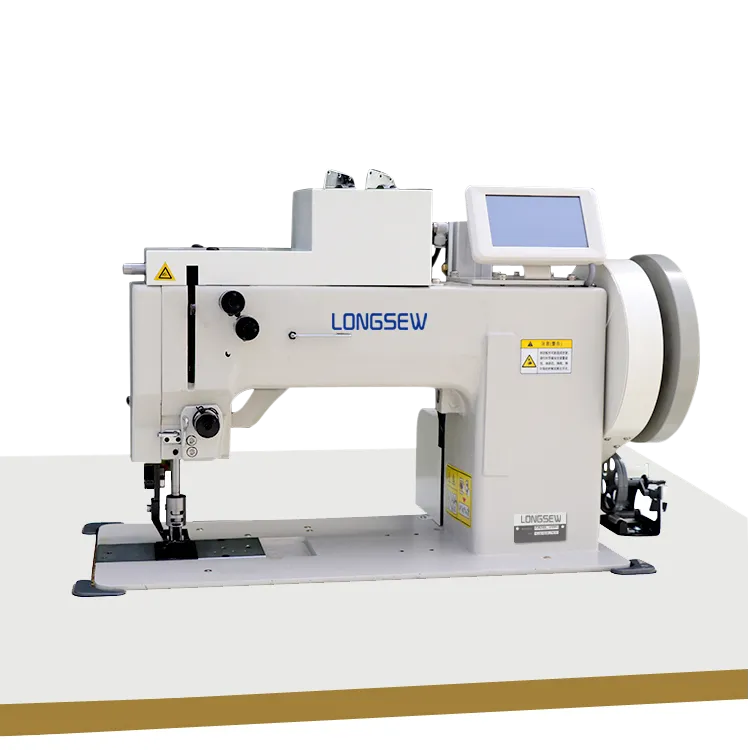what is the difference between an overlocker and a serger
The Difference Between an Overlocker and a Serger
In the world of sewing, terminology can sometimes be confusing, especially when it comes to specialized machines. Two terms that often come up are overlocker and serger. While these terms are frequently used interchangeably, there are subtle differences that can help you choose the right machine for your sewing projects. This article will clarify the distinctions between an overlocker and a serger, helping you make an informed decision.
Definitions
To start, it is essential to define what each machine is. An overlocker is a type of sewing machine that is designed to sew over the edge of the fabric to prevent unravelling, create professional-looking seams, and finish edges. Overlockers often use multiple threads, typically three to five, to create a secure stitch. The sewing process typically involves a combination of serging and stitching, giving a clean finish to the edges.
On the other hand, a serger is a specific type of overlocker that is commonly found in North America. In fact, in many English-speaking regions outside North America, the term overlocker is the preferred terminology. A serger can perform overlocking stitches but generally has more features tailored to commercial sewing needs.
Features and Functions
Overlockers are designed mainly for finishing the raw edges of woven and knit fabrics. They feature a knife that trims the fabric while sewing, creating a clean edge. This is particularly useful for knits, as it allows for stretch and flexibility. Many overlockers come with various stitch options, enabling users to create a variety of seam finishes.
what is the difference between an overlocker and a serger

Sergers, in contrast, often have additional features that make them versatile machines. Many sergers incorporate differential feed systems, which allow the user to adjust the feed of the front and back of the fabric separately. This is particularly beneficial for preventing puckering or stretching of fabrics, which is crucial when working with lightweight knits or delicate materials. Moreover, some sergers can even perform basic sewing tasks, such as straight stitching and cover stitching, making them a multipurpose choice for many sewing enthusiasts.
Thread Count and Complexity
Another significant difference lies in the thread count. Overlockers can typically operate with three to five threads, whereas sergers may allow for six or even more threads. The ability to work with multiple threads is particularly useful for creating strong and durable seams. However, this complexity also means that sergers can be more challenging to thread and operate compared to simpler overlockers.
Conclusion
In summary, while the terms overlocker and serger are often used interchangeably, they can denote machines with different features and functions. An overlocker primarily focuses on finishing raw edges and is ideal for home sewing. In contrast, a serger offers a range of additional capabilities, particularly suited for commercial use.
Choosing between an overlocker and a serger ultimately depends on your sewing needs and preferences. If your primary focus is on finishing seams and working with knit fabrics, an overlocker will serve you well. However, if you seek versatility and the ability to handle a variety of sewing tasks, a serger might be the better choice. Either way, both machines are invaluable tools in any sewer's arsenal, aiding in the creation of beautifully finished garments and crafts.
-
Heavy Duty Leather Sewing Machine: A Must-Have for Professional LeatherworkNewsMay.28,2025
-
Leather Sewing Machine: Essential for High-Quality LeathercraftNewsMay.28,2025
-
Extra Heavy Duty Sewing Machine for Premium Leather ApplicationsNewsMay.28,2025
-
Walking Foot Cylinder Arm Sewing Machine: Precision and Power CombinedNewsMay.28,2025
-
Industrial Cylinder Arm Sewing Machine: Engineered for High-Performance StitchingNewsMay.28,2025
-
Cylinder Bed Sewing Machine: A Powerful Solution for Precision StitchingNewsMay.28,2025
-
Zigzag Sewing MachineNewsMay.12,2025





























